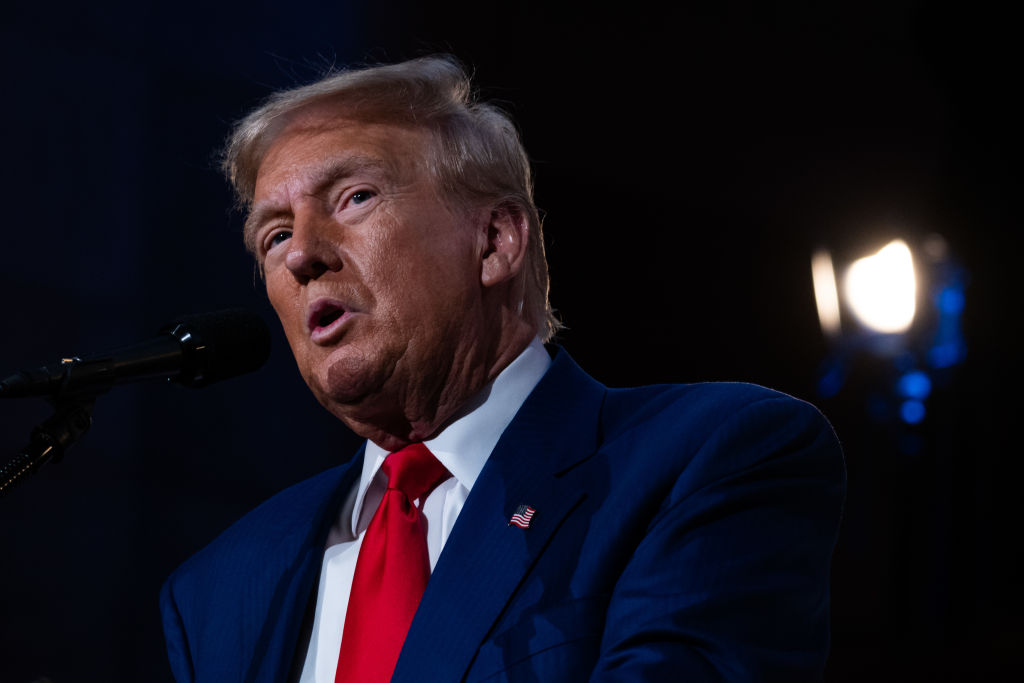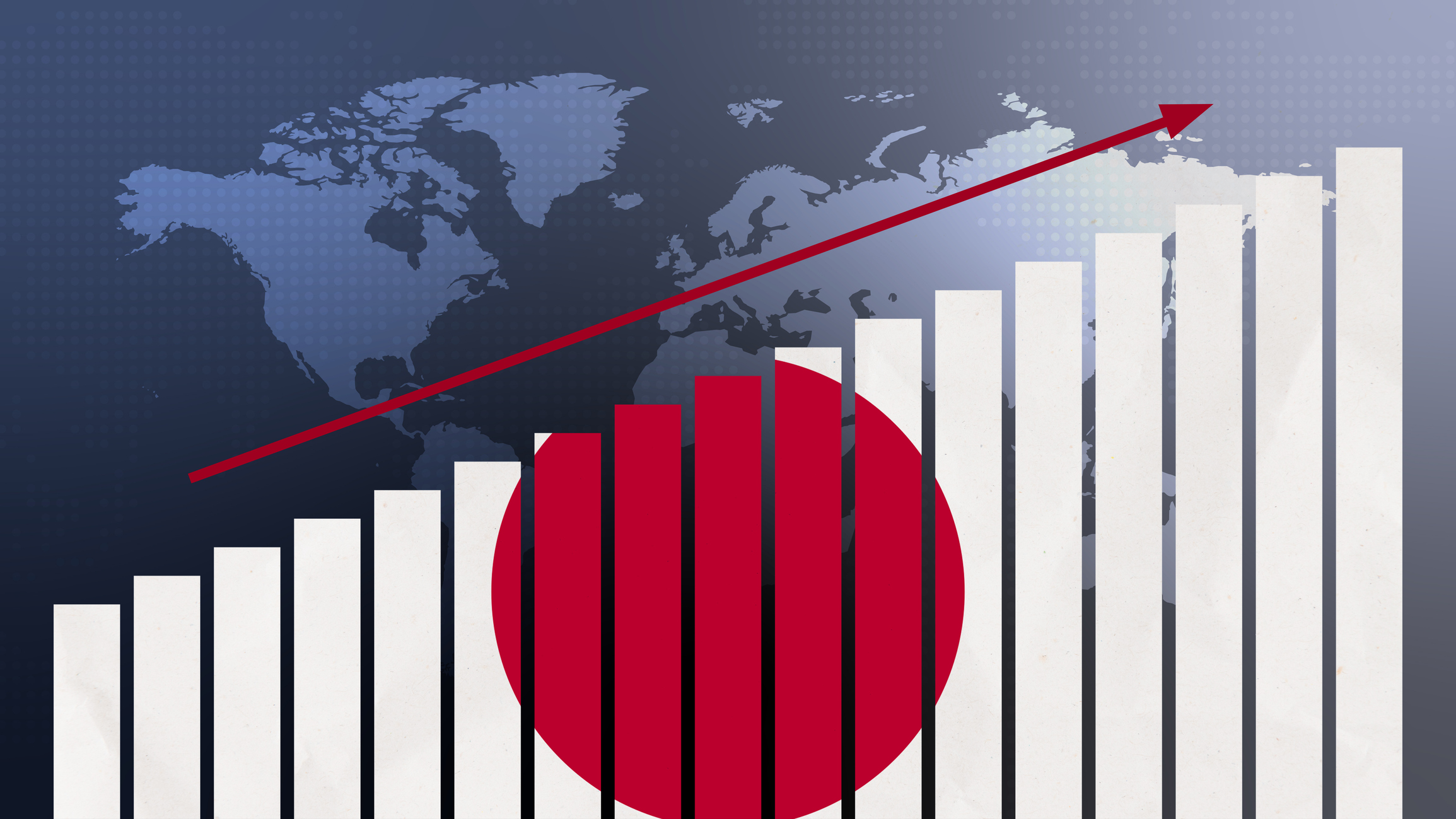Fund Basics: Start Investing
From first choice to final check, here's how to find the best funds for you.
Funds offer plenty of benefits to busy investors. Here's how to start finding the right ones to add to your portfolio.
Your first step is determining whether you'll pick funds entirely on your own or rely on the help of a broker, financial planner or other adviser.
If you seek help, you will likely pay a load when you buy your fund shares. Studies show that the commission does not buy better fund management. In general, loads compensate the sales people who sell the funds to their clients.

Sign up for Kiplinger’s Free E-Newsletters
Profit and prosper with the best of expert advice on investing, taxes, retirement, personal finance and more - straight to your e-mail.
Profit and prosper with the best of expert advice - straight to your e-mail.
If you're picking your own funds, there's no point in paying a load for advice that you haven't gotten. On the other hand, if you go to advisers for help, don't begrudge them the commission you owe for their advice.
If you decide to stick with no-load funds, you will slice the universe of funds you need to consider roughly in half. Once you find a no-load you like you can purchase shares directly from the fund company, or through a discount broker, which may or may not charge its own transaction fee (see Kiplinger's 25 favorite no-load mutual funds).
Study Past Results
This is arguably the trickiest part of the process, because past performance is no guarantee of future returns. Not even the best and brightest beat the averages every year.
Focus on three- and five-year returns rather than one-year figures. A ten-year return is even better, especially if the fund is still managed in the same way (and by the same person) now as then and hasn't changed in some fundamental way. The longer a manager has achieved superior results, the more confident you can be that those numbers are meaningful.
Concentrate on the consistency of a manager's return. Even five-year results can be exaggerated by one spectacular year.
Examine how a fund has done each year of the period you're looking at relative to its peers or against an appropriate benchmark index (such as the S&P 500 index for large-company funds or the Russell 2000 for small-company funds).
Incidentally, there may be times when it makes sense to invest in funds with less-than-stellar records. For instance, aggressive-growth funds that invest in small companies with strong earnings momentum have performed poorly over much of the past three years. If you want to invest in such a fund because you feel those kinds of stocks are attractively valued or because you need to round out a portfolio, be prepared to accept a fund with poor recent results.
Who Runs the Fund?
Look at how long the most experienced manager involved in running the fund has been associated with the enterprise. If the current manager took over the job in the past few years, the fund's long-term record is probably meaningless. This may not disqualify a fund from consideration, but it does serve as a yellow light.
How Risky Is It?
There is nothing inherently wrong with investing in risky funds. But if you are going to take big risks, you ought to be compensated with big returns. What you don't want is a fund that takes big risks but delivers just so-so returns for more than a year or two.
The Costs of Owning
All funds charge investors for the cost of management, sending out prospectuses and shareholder reports, legal services, accounting and other administrative matters. These costs are expressed by the fund's expense ratio. An expense ratio of 1.00 means a fund extracts $1 a year for every $100 invested. (Performance results, incidentally, include these ongoing expenses.)
It's always better to invest in a less costly fund. Expenses vary among different types of funds, so it's important to view expenses in the context of a fund's category. See Sales Loads and Other Charges for more information.
Is Size a Problem?
All things being equal, it is easier to manage a modest amount of money than a huge amount. Managers who invest in large, easily traded U.S. stocks or government bonds can hold many billions in assets without unduly hampering results. But funds specializing in small-company stocks or junk bonds might be overwhelmed by even $1 billion in assets. With small-company funds in particular, think twice about any fund with assets greater than $1 billion.
Study the Style
Once you've identified consistent, high-performance, low-cost funds with acceptable levels of risk, learn how the managers run them. The fund's style will help you understand which market conditions are conducive to great returns and which are likely to hurt. See Focus on Categories for details on the different kinds of funds.
You'll smooth the volatility of your overall portfolio if you choose funds from a variety of investment objectives and, in the case of stock funds, a cross section of investment styles. Request both a prospectus and a shareholder report. The prospectus contains information about the fund's objectives, its strategy for achieving those objectives, and its risks.
A shareholder report will list a fund's recent holdings. Also check management's letter to shareholders. It sometimes contains useful information about the manager's strategy or an assessment of his or her recent performance.
What's the Yield?
In general, the higher the 12-month yield (that is, income distributed to shareholders the previous 12 months), the riskier the fund. Because bond-fund yields tend to be modest, low expenses are even more important.
Read the Prospectus
If a fund catches your eye, call the fund company and ask for its prospectus. Read the section on the fund's investment objectives and policies, which tells you what types of securities it may invest in. Also be sure to read the sections that describe the fund's risks and expenses to verify your research.
QUIZ: Test Your Investing IQ
A fund's annual and semiannual reports will give a snapshot of the fund's recent holdings. Also look at which industry sectors a stock fund is emphasizing. If a fund says it invests in blue-chip stocks and you don't recognize any of the names of the stocks in the annual report, that should set off an alarm.
Get Kiplinger Today newsletter — free
Profit and prosper with the best of Kiplinger's advice on investing, taxes, retirement, personal finance and much more. Delivered daily. Enter your email in the box and click Sign Me Up.
-
 Customer Services are Strained at the SSA, You Should Plan Around These Federal Holidays
Customer Services are Strained at the SSA, You Should Plan Around These Federal HolidaysIf you have a question or need information from a federal agency, check the federal holiday schedule to make sure you get your business done before they close.
By Donna LeValley
-
 Stock Market Today: No 'Powell Put'? No Problem
Stock Market Today: No 'Powell Put'? No ProblemInvestors, traders and speculators look beyond both another Trump post and more signs of slowing economic activity.
By David Dittman
-
 What DOGE is Doing Now
What DOGE is Doing NowThe Kiplinger Letter As Musk's DOGE pursues its ambitious agenda, uncertainty and legal challenges are mounting — causing frustration for Trump.
By Matthew Housiaux
-
 A Move Away From Free Trade
A Move Away From Free TradeThe Letter President Trump says long-term gain will be worth short-term pain, but the pain could be significant this year.
By David Payne
-
 Trump’s Whirlwind Month of Crypto Moves
Trump’s Whirlwind Month of Crypto MovesThe Kiplinger Letter The Trump administration wants to strengthen U.S. leadership in the cryptocurrency industry by providing regulatory clarity.
By Rodrigo Sermeño
-
 What Could Derail the Economy This Year?
What Could Derail the Economy This Year?The Letter While the outlook for the U.S. economy is mostly favorable, there are plenty of risks that bear watching.
By David Payne
-
 Three Ways President Trump Could Impact the Economy
Three Ways President Trump Could Impact the EconomyThe Letter Some of Trump's top priorities could boost economic growth, but others risk fueling inflation.
By David Payne
-
 Europe Faces Economic and Political Headwinds Next Year
Europe Faces Economic and Political Headwinds Next YearThe Letter Challenges for Europe: Potential tariffs, high energy prices and more competition from China will weigh on the bloc in 2025.
By Rodrigo Sermeño
-
 Don't Sleep on Japan's Economic Transformation
Don't Sleep on Japan's Economic TransformationThe Letter After almost three lost decades, Japan — one of the world's biggest economies — is finally showing signs of life.
By Rodrigo Sermeño
-
 Start-ups Trying to (Profitably) Solve the World’s Hardest Problems
Start-ups Trying to (Profitably) Solve the World’s Hardest ProblemsThe Letter More investors are interested in companies working on breakthrough science to tackle huge societal challenges. The field of deep tech has major tailwinds, too.
By John Miley